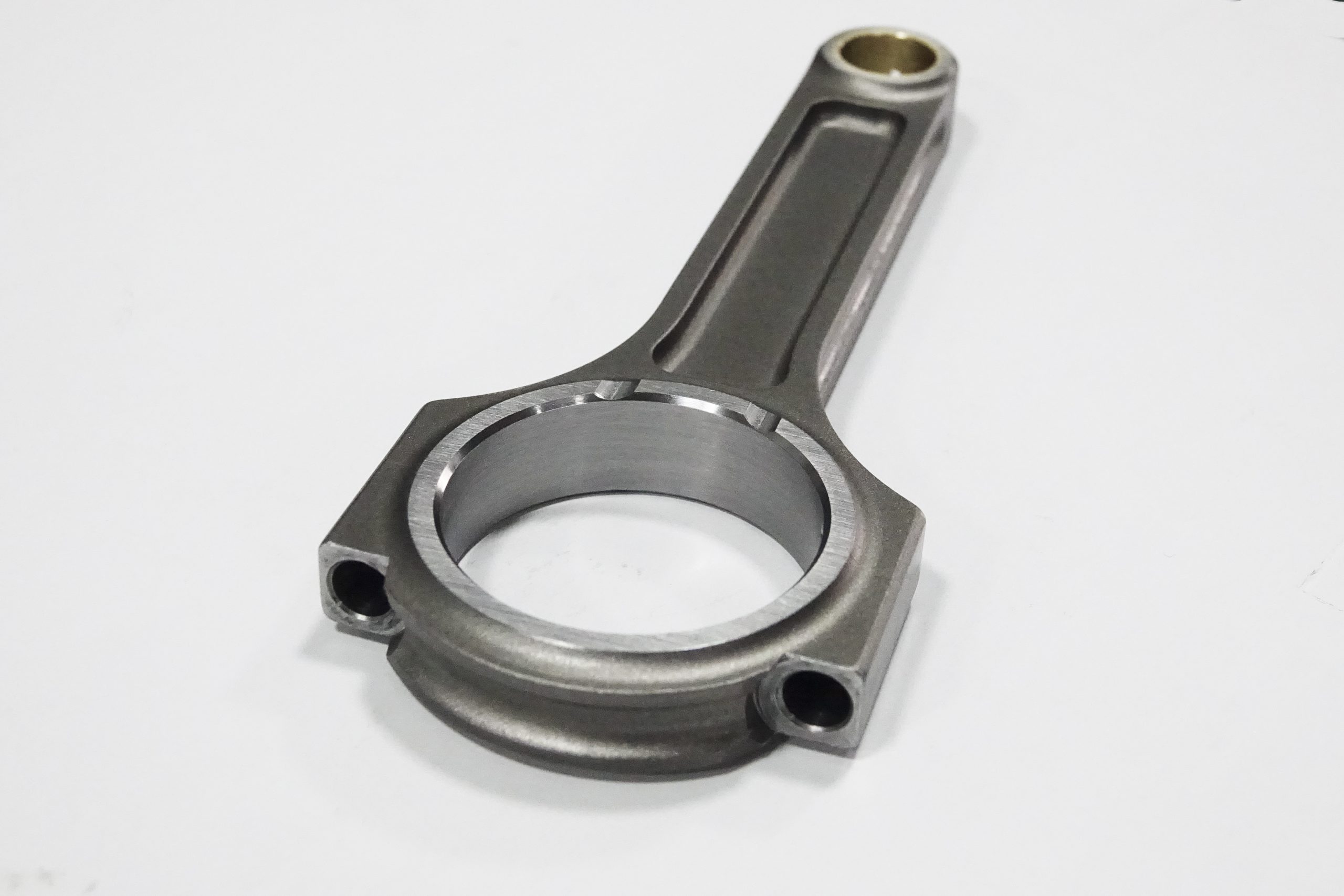Which way does the connecting rod go? This question is crucial for anyone assembling an engine, as improper installation can lead to reduced performance, premature wear, and even catastrophic failure. In this article, we will explore the importance of correctly orienting connecting rods and offer essential tips for proper installation.
Connecting rods are responsible for transferring the force from the piston to the crankshaft in an internal combustion engine. They are subjected to immense loads and stresses, making proper orientation essential to ensure optimal performance and longevity. Failure to install the connecting rod correctly can result in inefficient power transfer, increased vibrations, and potential engine damage.
Identifying the correct orientation of a connecting rod can sometimes be a challenge, especially for inexperienced engine builders. However, most connecting rods have markings or features that can help determine the correct installation direction. These markings can vary between manufacturers, so it is essential to consult the connecting rod’s documentation or the engine manufacturer’s guidelines.
One common feature found on many connecting rods is the notch or chamfer on the big end. This chamfer is typically located on the side of the rod that faces the crankshaft counterweights, allowing for adequate clearance during operation. Installing the rod with the chamfer facing the wrong direction may result in insufficient clearance, causing contact between the rod and the counterweight, which can lead to severe engine damage.
Another critical aspect to consider when installing connecting rods is the orientation of the rod bolts. Rod bolts are often designed to be installed in a specific direction, with the bolt head or nut facing either the front or rear of the engine. Incorrect bolt orientation can result in inadequate torque and clamping force, potentially leading to bolt failure or connecting rod breakage.
Proper lubrication during installation is also essential to prevent galling and ensure smooth operation. It is crucial to use the recommended lubricant, typically a moly-based assembly lubricant, on the rod bolts and bearing surfaces. Additionally, following the manufacturer’s torque specifications and tightening sequence is vital to achieve the proper preload on the rod bolts and prevent distortion of the connecting rod big end.
In conclusion, understanding which way does the connecting rod go is critical for optimal engine performance and longevity. By paying close attention to markings or features on the connecting rod, ensuring proper bolt orientation, and following recommended torque and lubrication guidelines, you can prevent potential engine damage and enjoy the benefits of a well-assembled engine.